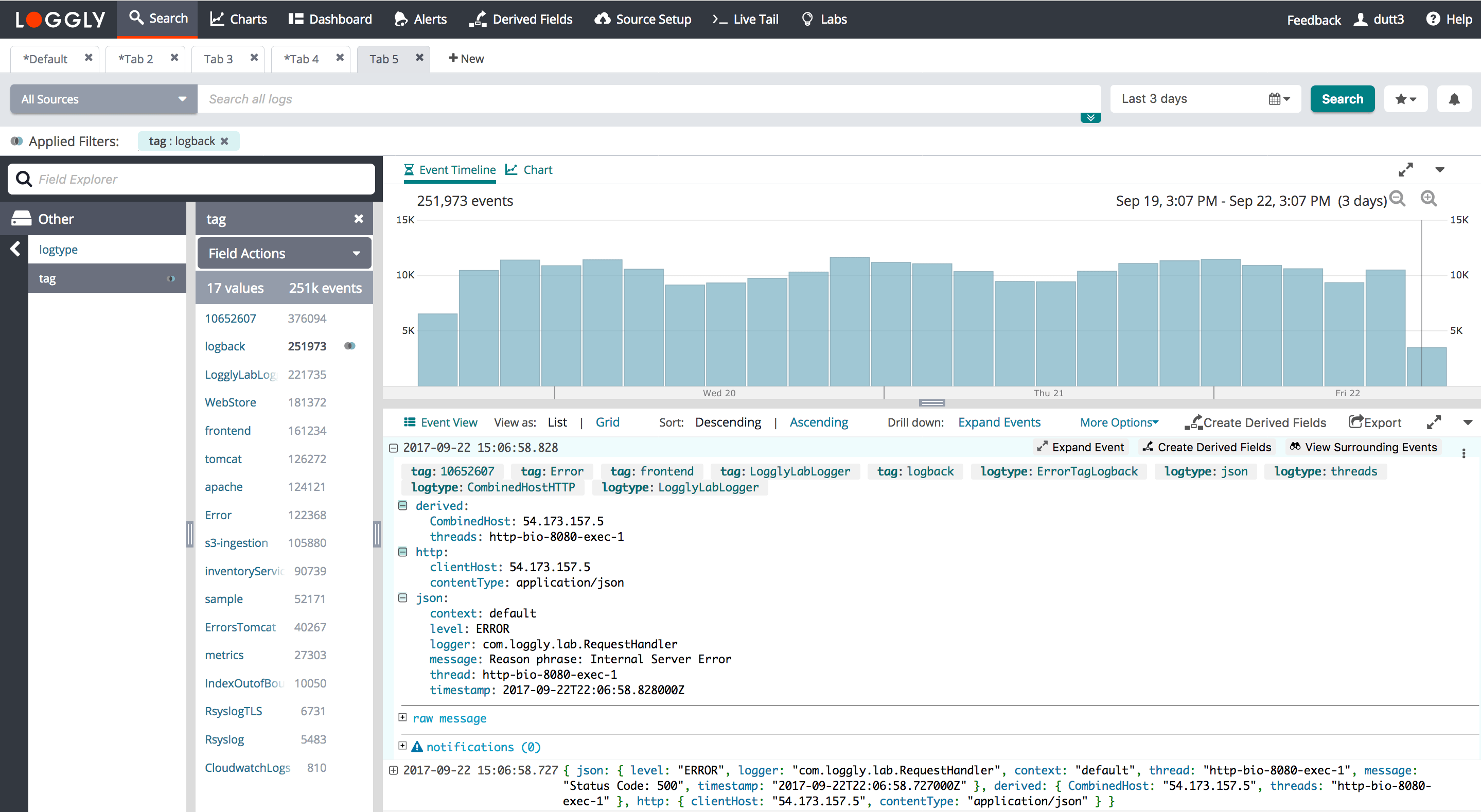

- Java file monitor example how to#
- Java file monitor example install#
- Java file monitor example driver#
'Tail' the Log4j log from the JAMon web application Track counts for ERROR, INFO, WARNING etc. Log4j Monitoring - Monitor via the JAMon log4j Appender.Track SQL called, JDBC method calls, exceptions thrown and more.
Java file monitor example driver#
JDBC/SQL monitoring - via the JAMon JDBC proxy driver (works with any other JDBC driver).Track method invocations, arguments passed to methods, and exceptions thrown. Spring Monitoring - Monitor any Spring bean.Use the JAMonFilter servlet filter or easily create your own. Alternatively if you would like to monitor only your Web app and not the whole server you can

Track page execution times, status codes,īytes sent, exceptions thrown and more. HTTP Monitoring - Monitor requests/responses to Tomcat, Jetty, JBoss or any other JAVA web container.
Java file monitor example how to#
JAMon Modules - The following links show how to enable monitoring with JAMon's preconfigured modules: The Maven pom dependency follows (substitute the appropriate version): You could be monitoring your code in a few minutes. See HTTP Monitoring for directions on how to monitor page requests in your web server.įor other easy ways to monitor different aspects of your application.
Java file monitor example install#
and install the JAMon war to view JAMon metrics/monitors (or youĬan view the metrics in a JMX console like jconsole). put the jamon jar file in your classpath,. JAMon comes with several ways to monitor your application that require no application code changes. It gives an idea of the type of information JAMon collects such as metrics on: SQL, JDBC, http page requests, http status codes, garbage collections, and exceptions. The following is a screen snapshot of jamonadmin.jsp from the JAMon WAR. JAMon was developed primarily for monitoring web applications, however JAMon can be used in any JDK 1.6 or higher environment.įeel free to continue reading the user's guide or download JAMonĪnd read the Java Docs. Of course nobody wants to litter their code with calls to add and stop, so when possible JAMon monitoring modules should be used as they allow the easiest monitoring. In addition to using modules developers can monitor anything the modules don't cover by using JAMon's simple API methods 'start/stop' and 'add'. JAMon statistics, stack traces and more are viewable from the JAMon war, JMX and are also accessible via the JAMon API. JAMon is fast and doesn't consume much memory and so it is suitable for production environments. Min, max and concurrency (average, max, current/active) to name a few. JAMon keeps track of the following metrics for any of the items it tracks in the modules: hits, total, average,. : SQL, HTTP page requests, Spring beans, method invocations, Log4j, and Exceptions. 
There are modules that automatically monitor Performance and behavior using predefined modules.
JAMon allows developers to track their applications. Here is a link to a short video that gives an overview of JAMon. That allows developers to easily monitor production applications. The Java Application Monitor (JAMon) is a free, simple, high performance, thread safe, Java API







 0 kommentar(er)
0 kommentar(er)
